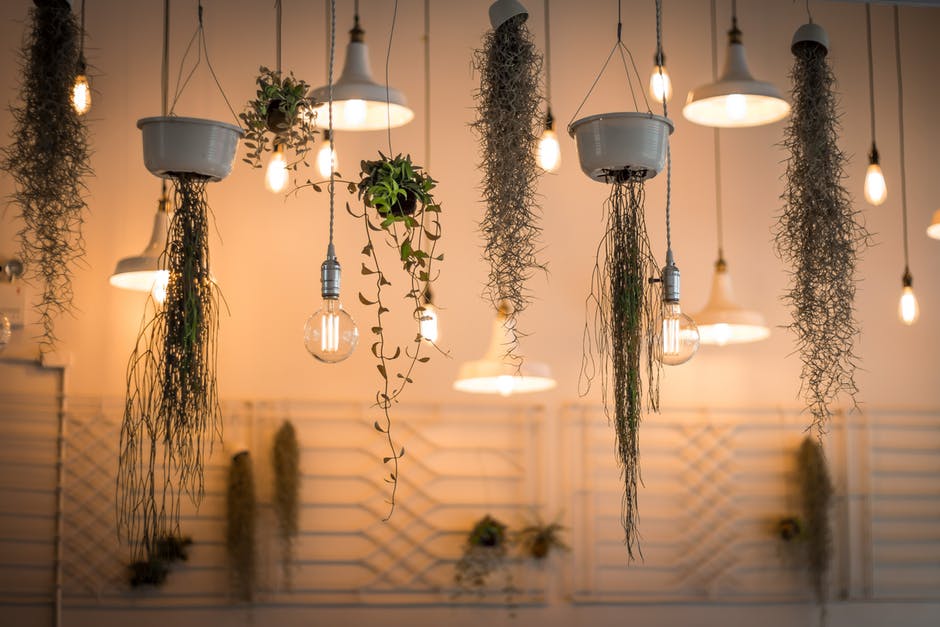Interior design diploma course trains you to learn the techniques. Have you ever wondered why certain spaces appear a certain way during day and look completely different at sunset? Light is your answer. Lighting can add depth or lend a character to any confine or room. Good interior lighting makes all the difference. It proportionately enhances every aspect of the room.
When designing a plan for Interior lighting, you must not only think about its visual appeal but also include functionality. Effective lighting must always create energy, drama and an aesthetic appeal for any space.
Interior lighting is a vast topic, therefore if you’re keen to gain expertise, you can enroll in an interior designing course.
It is important to know that the style and effect of residential lighting differs from that of commercial lighting. Let’s discuss interior lighting that’s suitable for both residential and commercial purposes.
So, read on for a better understanding!
General Lighting: Illuminating an entire space
In this type of lighting, the idea is to illuminate an entire area. The light reflects from two main sources- ceiling and wall. The direction of light plays an instrumental role here. General lighting works best when you want to light up an entire area like a featured wall.
At Hamstech, our interior design diploma course curriculum includes extensive study of general lighting to grasp its fundamentals.
Decorative Lighting: Adding Drama
The main purpose of decorative lights in interior lighting is to add drama and mood to the ambience. A lot of thought has to be put into placing and using decorative lights. When planning decorative lighting, always remember the 3 W’s – What is the purpose, where should it be placed and when should it be used?
The best example of decorative lights are chandeliers. When hung over a dining area, it illuminates a soft light, hence creating a very pleasant aura.
Decorative lighting is taught as an aesthetic element of spatial design across all interior design classes.
Task Lighting: For your Daily Chores
Task lighting is just that; lighting that’s used to perform daily activities such as reading, cooking, shaving, putting on makeup, etc. To achieve the desired effect of task lighting, the interior designer must ensure that the used lights produce clarity and aren’t straining to the eyes, hence, they need to be glare-free as well.
These types of lights are used mainly over dressing tables, wardrobes, study area, etc.
Accent Lighting: Object Focus
Accent lighting, just as the name suggests, highlight objects like paintings, jewellery, sculptures, etc. The direction of the light is positioned in such a way that it focuses only on the object. So, the next time you want to highlight a certain piece of art, go ahead and use the accent lighting.
All things considered, these various methods used in interior lighting aid the creation of the entire look and feel of a place. This is why it’s indispensable to interior decoration in every respect. Why not try some of these techniques and and illuminate your designs?




